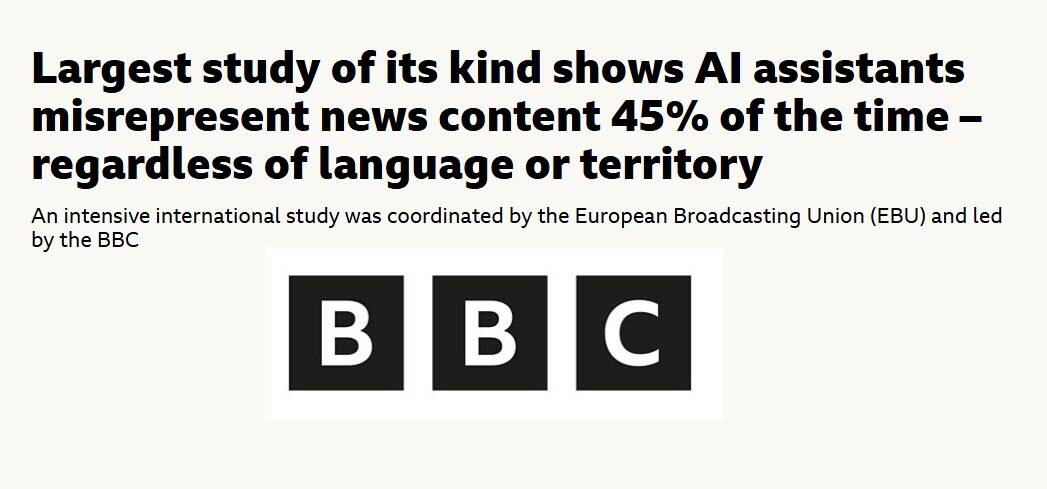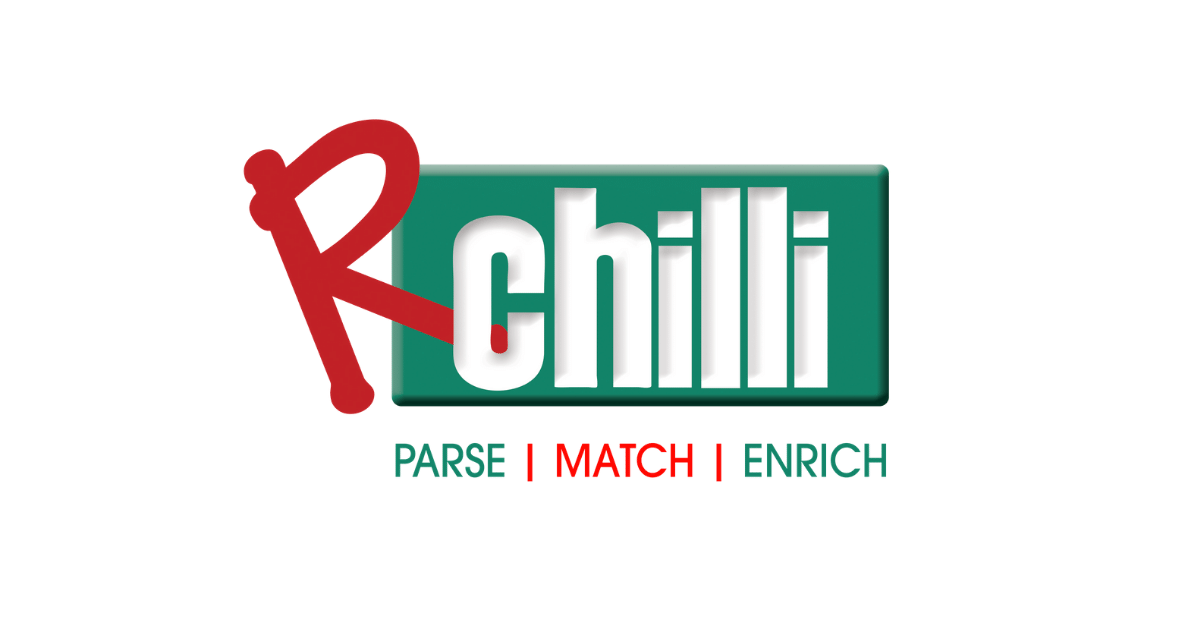As HR approaches open enrollment season, there is no better time to re-evaluate benefits packages to ensure they are truly meeting the needs of employees. Recent LIMRA research suggests there may be ample room for improvement. Seven in 10 workers tell us they are at least “somewhat” satisfied with their overall benefit offerings, with only 43% “very” satisfied. In contrast, 19% of employees are actively dissatisfied with their benefits packages (the rest are on the fence).
Small business employees are particularly likely to be less than fully satisfied with their benefits, as are younger and less educated workers, part-timers, women and those with lower incomes. In addition, employees in red-collar jobs (such as retail, food service and other customer-facing service roles) tend to be less satisfied.
For employers looking to boost benefits satisfaction, one helpful strategy is to increase the number and variety of benefits they make available. LIMRA data shows that employees with access to more benefits are significantly more satisfied with their overall offerings. Notably, satisfaction keeps rising even as the number of insurance benefits climbs into the double-digits, indicating that workers are looking for more than just their core medical and dental coverage—ancillary and supplemental benefits also add considerable value. When a wider variety of options is available, it increases the likelihood that at least some of those offerings will address an individual employee’s unique needs.
See also: Will employers try new tech for this open enrollment?
Employees also identify a number of specific unmet benefit needs—benefits they want but don’t currently have access to. The most prominent are for pension plans, supplemental health benefits (including critical illness, cancer, hospital indemnity and accident insurance), emergency savings plans, long-term-care insurance, paid family or medical leave, identity theft protection and financial wellness programs. It is noteworthy that a majority of these benefits can be offered on a voluntary basis with little or no cost to the employer. Introducing a few more of these offerings can be a simple and cost-effective strategy for many employers to increase benefit satisfaction.
Beyond adding more benefits, employers might also boost satisfaction by improving education around the benefits they already make available. Research shows that employees who understand their benefits better are much more likely to be satisfied, perhaps because they have a more thorough understanding of the full value of their offerings. Satisfaction ranges from 18% among employees who feel they don’t understand their insurance benefits at all up to 73% for those who understand their benefits “extremely well.” In addition, only about half of workers say their company communicates about benefits well, suggesting a lot of space to enhance benefits education.
Tips to improve communication for open enrollment
Employers hoping to improve their benefits communication strategies should consider the following:
Communicate through multiple channels. Employees have distinct learning styles and prefer to absorb information in different ways, so there is no single approach to benefits communication that works for everyone. Research shows that benefit understanding improves with the number of different types of benefits education that employees have access to.
Provide total compensation statements. These documents, which summarize the total value of an employee’s compensation and benefits package, can help workers recognize the full investment that a company is making in them. Employees with access to these summaries report a better understanding of their benefits.
Make personalized guidance available. When employees rate the most helpful benefits resources they used during their most recent open enrollment period, most of their top choices involve the opportunity to talk to someone or get advice—including in-person meetings, interactive recommendation tools and phone consultations. Although some workers are happy to complete their enrollment entirely through self-service channels, many others are looking for guidance about how the benefits might apply to their own unique situations and want an opportunity to ask questions.
Keep the conversation going. Half of workers say their employer only talks to them about benefits during the open enrollment period, but 73% would prefer to receive benefits information either a few times or frequently throughout the year. Employees who receive more frequent communication also tend to understand their benefits better.
The lead-up to open enrollment is an opportunity for companies to take stock of their benefits strategies and make meaningful improvements. By ensuring they offer a comprehensive suite of benefits that supports employee wellbeing—and communicating those offerings effectively—employers can turn a “good enough” benefits package into one that truly stands out from the pack, thereby enhancing overall employee satisfaction and retention.



















